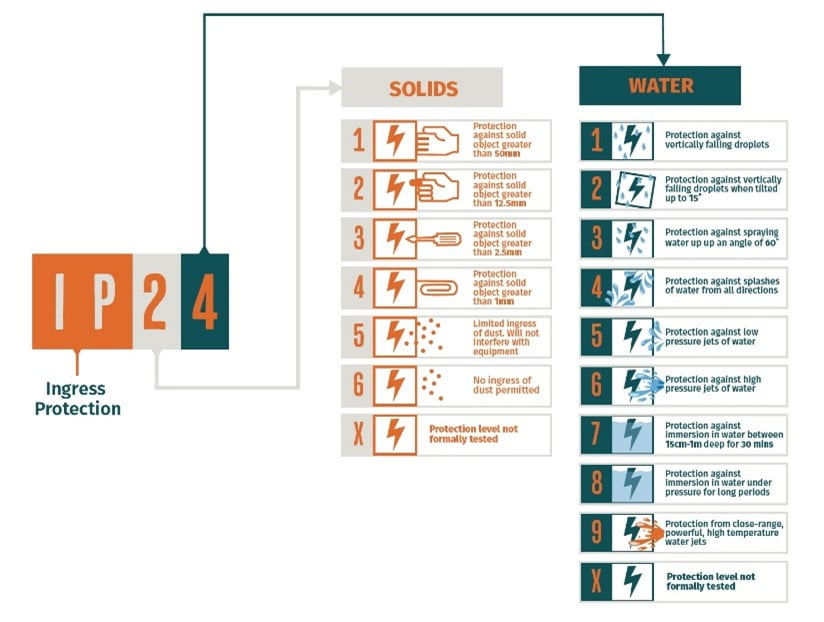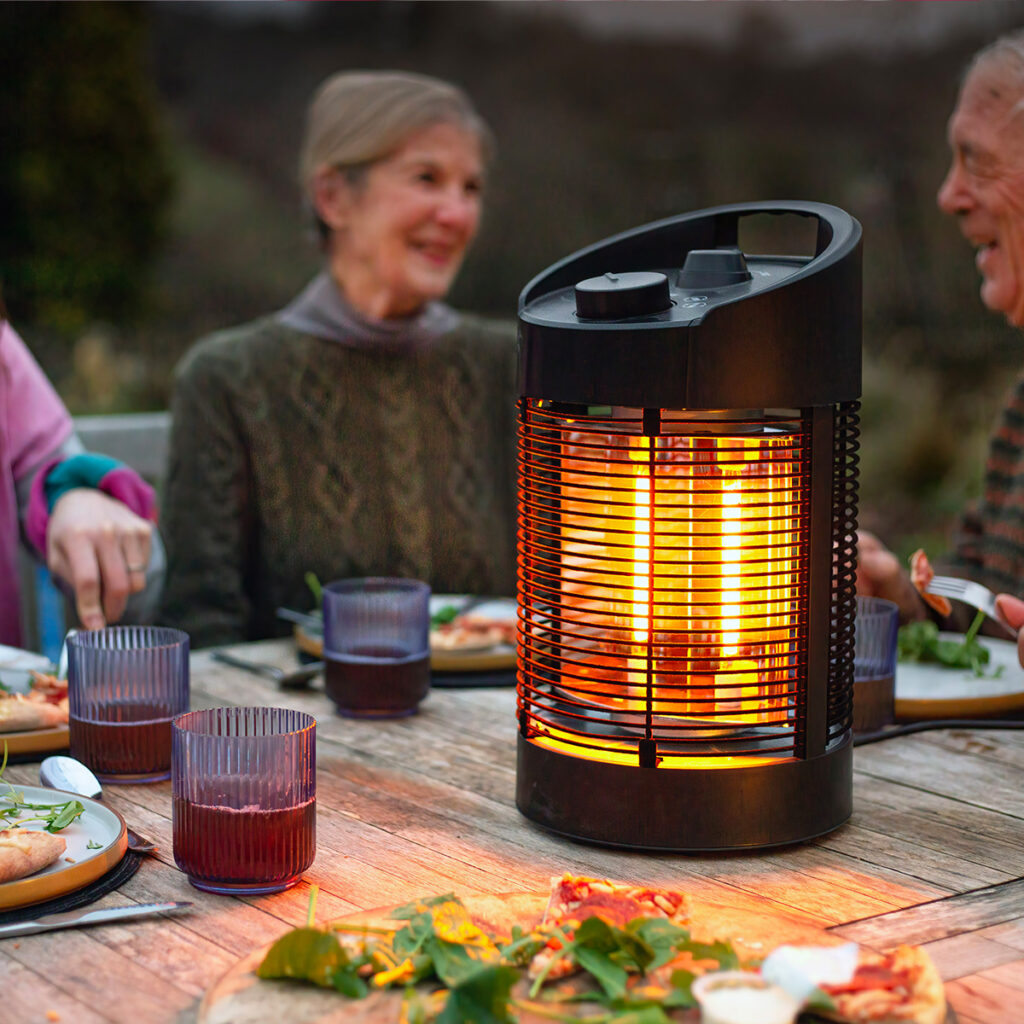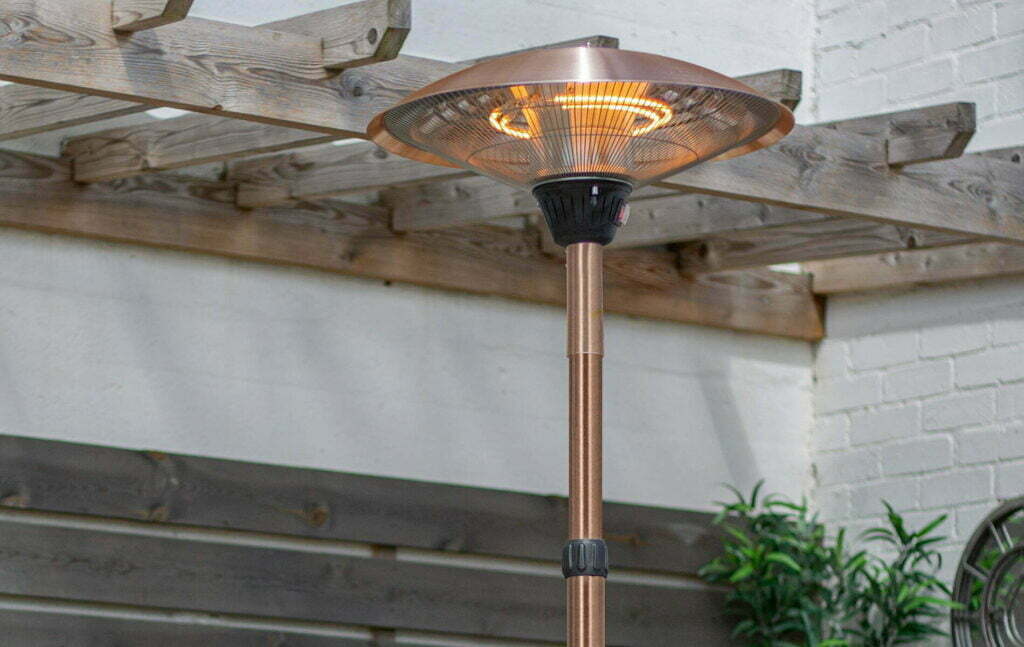We’re on a mission to get garden retailers – and their customers – to see electric heaters in a new light. Most of us already know that electric outdoor heaters are an efficient choice when it comes to garden heating, but do you know why?
Here, we’re sharing some expert tips to make shop-floor knowledge about outdoor heaters easy to retain.
Why are electric outdoor heaters the best choice?
Infrared heat from electric heaters reaches bodies faster than convection heat from gas heaters.
Most consumers group electric and gas heaters into the same category as they can often look similar, but when it comes to heating the body, there are some important differences – and that’s why so many garden lovers are switching from gas to electric.
Electric heaters use infrared to provide controlled and targeted heat, and this process is similar to heat from the sun – using wavelengths that most efficiently absorbed by our bodies.
The heat travels in a straight line from the source, without heating the air in between. In short, the heat gets to the people under the heater while the weather has minimal impact – reducing heat loss and maximising warm, cosy evenings.


In contrast, gas heaters use convection, which only heats the air around the heater. This means users have to stand in the ‘heat zone’ to feel the benefits, keeping their fingers crossed that a gust of cold wind doesn’t fly in blow the heat away. The combination of convection heat and weather impact makes gas heaters feel temperamental.
How does the heating element affect outdoor heating efficacy?
Fun fact: there’s more than one type of electric heating element. Heat types offer different intensities.
Electric heaters can be broken down into three types: quartz, carbon fibre and halogen – reflecting a product hierarchy meeting a range of customer needs.
Quartz is entry level, and halogen is top end. We’ve created a defined product hierarchy based on heat intensity, which makes it easy to understand the USPs of each product, and help customers find the one that’s right for their particular needs.
What is Ingress Protection rating on outdoor heaters?
The Ingress Protection rating, also known as IP rating, demonstrates the heater’s level of protection against potentially damaging external factors including dust and water.

An IP rating is normally given as two numbers: the first indicates the level of protection against solid objects, and the second indicates the level of protection against liquid ingress.
IP ratings should be an important part of any buying journey so understanding what the IP rating means and how it can be interpreted helps retailers inform customers about the products they’re buying, and give meaningful advice.
Using our diagram, the IP rating is simplified – whether customers want protection for little fingers or reassurance that leaving their heater uncovered occasionally won’t be a disaster, staff being able to explain an IP rating can be a major confidence booster for a customer.
What’s the best La Hacienda outdoor heater?
They’re all great for different reasons depending on the customer’s needs and across the range of five unique collections there are 18 standing, tabletop, hanging, parasol and portable options available.
The range offers a combination of quartz, carbon fibre and halogen heating elements to offer different heat and lighting intensities – each fully supported by new point of sale displays and available for delivery into store now.
You can light up your outdoor heating sales with the updated electric heating range today by contacting your sales manager – and don’t forget to access the La Hacienda trade portal for new lifestyle imagery, product descriptions and digital assets to support your online marketing.
If you’re a customer looking to purchase a La Hacienda electric heater, you can browse the range here and make a purchase by visiting your local stockist. Don’t forget to sign up our newsletter below for news and ideas about La Hacienda products!





